
The company’s Mourenx plant in Southwest France aims to become an API network hub, with first supplies expected by next year.
Nicholas Saraceno is Editor of Pharmaceutical Commerce. He can be reached at [email protected].

The company’s Mourenx plant in Southwest France aims to become an API network hub, with first supplies expected by next year.

In the final part of her video interview with Pharma Commerce Editor Nicholas Saraceno, Jenna Dale, director of client relations at Cencora, describes why these pharma supply chain stakeholders are vital in understanding meaningful clinical outcomes.

These taxes on goods—with the potential to take effect in weeks or months—will vary by country, but rates could depend on regulations, industry subsidies, and other factors.
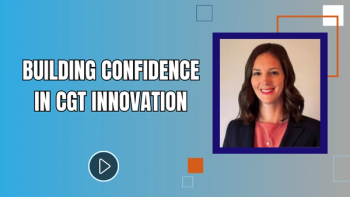
In the fourth part of her video interview with Pharma Commerce Editor Nicholas Saraceno, Jenna Dale, director of client relations at Cencora, explains the value of FDA guidance documents for manufacturers, along with the areas of CGT development that would benefit most from standardization.
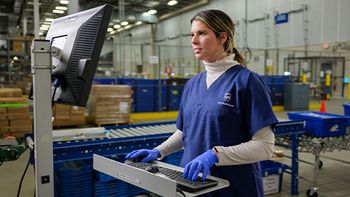
The facilities are expected to offer pharma shipment support by addressing time and temperature-specific requirements.

Digging a little deeper into the drug class phenomenon reveals some interesting takeaways on a smaller subgroup of users.

In the third part of her video interview with Pharma Commerce Editor Nicholas Saraceno, Jenna Dale, director of client relations at Cencora, dives into specific areas where FDA investment could have the greatest impact in accelerating approval timelines.

Trade & Channel Strategies conference explores the frontline issues related to strategy, distribution, and reimbursement—while digging into creative solutions to solve them.

Trump raises the import tax to 25% on the former—while restoring the latter to 25%—in a move that could potentially take effect on March 4.

Leaders with top third-party logistics providers discuss the evolving landscape for the sector in 2025—and the new strides made in their quest to help transform the pharma supply chain.
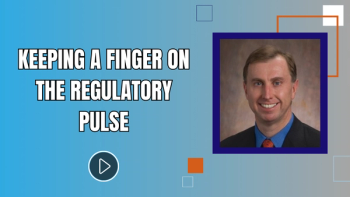
In the second part of his video interview with Pharma Commerce Editor Nicholas Saraceno, Jim Shehan, chair of the FDA regulatory practice at Lowenstein Sandler, discusses some of the other specific regulatory updates that drug developers be closely monitoring in the current landscape.

The agreement is centered around improving cell culture efficiency and CGT quality.

In the second part of her video interview with Pharma Commerce Editor Nicholas Saraceno, Jenna Dale, director of client relations at Cencora, explains the challenges associated with meeting the FDA’s 2025 CGT forecasted approval goal.

A cohort study investigates the magnitude of lost coverage among pediatric patients, following the conclusion of the pandemic public health emergency.

In the final part of his video interview with Pharma Commerce Editor Nicholas Saraceno, Alex Guillen, global pharma and life sciences director at Tive, shares how the development of technology will help bolster the pharma logistics industry.

A survey study of US employers aims to determine whether they prioritize financial or nonfinancial criteria when selecting health plans.
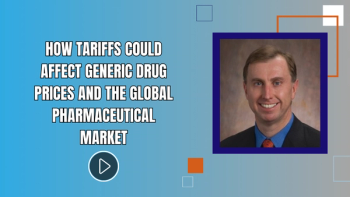
In the first part of his video interview with Pharma Commerce Editor Nicholas Saraceno, Jim Shehan, chair of the FDA regulatory practice at Lowenstein Sandler, describes what the approach of pharma companies should be amid the latest/pending tariffs imposed on Canada, Mexico, and China, along with their potential impact on the pharma supply chain.

The company cites a decline in sales and excess inventory as the main contributing factors.

In the first part of her video interview with Pharma Commerce Editor Nicholas Saraceno, Jenna Dale, director of client relations at Cencora, shares how the imposed/pending trade tariffs impact pharma manufacturers.

However, the 10% tariff on imports from China went into effect this morning, with the nation imposing several of it own.
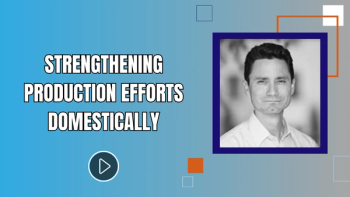
In the third part of his video interview with Pharma Commerce Editor Nicholas Saraceno, Alex Guillen, global pharma and life sciences director at Tive, explains what needs to be done in the United States in order to increase manufacturing output.

What implications will these have on the pharma supply chain?

In the second part of his video interview with Pharma Commerce Editor Nicholas Saraceno, Alex Guillen, global pharma and life sciences director at Tive, describes the highlights of a recent pharma supply chain security and visibility report that his company released.

Celltrion’s Avtozma has been indicated for the treatment of giant cell arteritis, polyarticular juvenile idiopathic arthritis, rheumatoid arthritis, systemic juvenile idiopathic arthritis, and COVID-19—in the same dosages and formulations as its tocilizumab reference product.
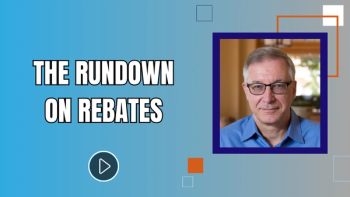
In the final part of his video interview with Pharma Commerce Editor Nicholas Saraceno, Ed Schoonveld value & access advisor for Schoonveld Advisory and author of The Price of Global Health, previews his upcoming February column.

Can monitoring these dispensed Rxs via online search behavior help predict future GLP-1 use in the United States?

In the first part of his video interview with Pharma Commerce Editor Nicholas Saraceno, Ed Schoonveld, value & access advisor for Schoonveld Advisory and author of The Price of Global Health, comments on the future implications of the latest CMS drug price negotiations.
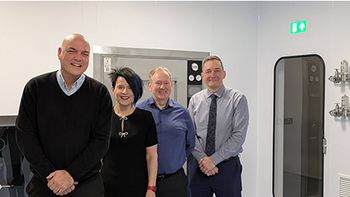
The 7,000 square-foot GMP facility will provide formulation development support, along with analytical testing services.

In the first part of his video interview with Pharma Commerce Editor Nicholas Saraceno, Alex Guillen, global pharma and life sciences director at Tive, outlines the technological obstacles that lie ahead for the industry this year.

A study explores dual-enrollment in these plans—compared to other Medicare Advantage plans— impacts North Carolina’s Medicaid fee-for-service spending.